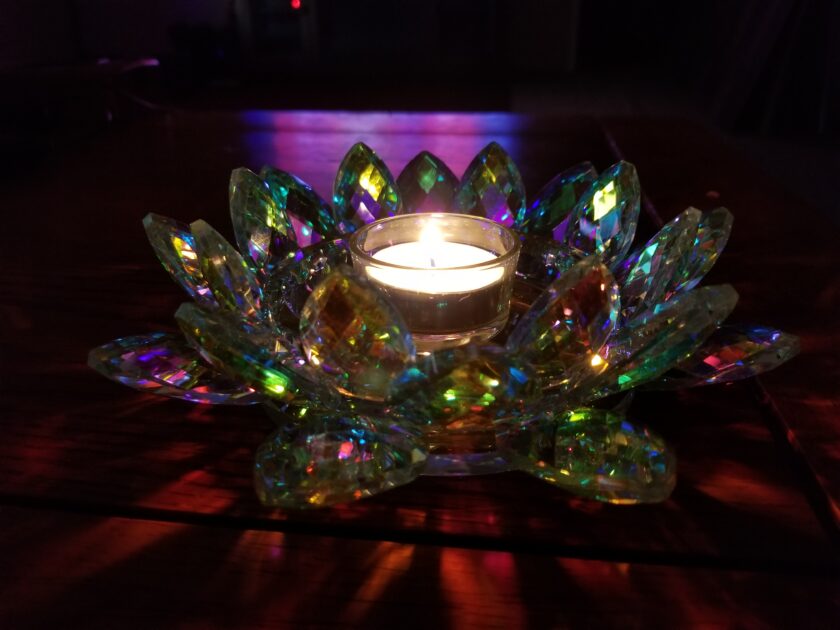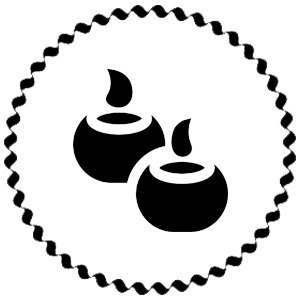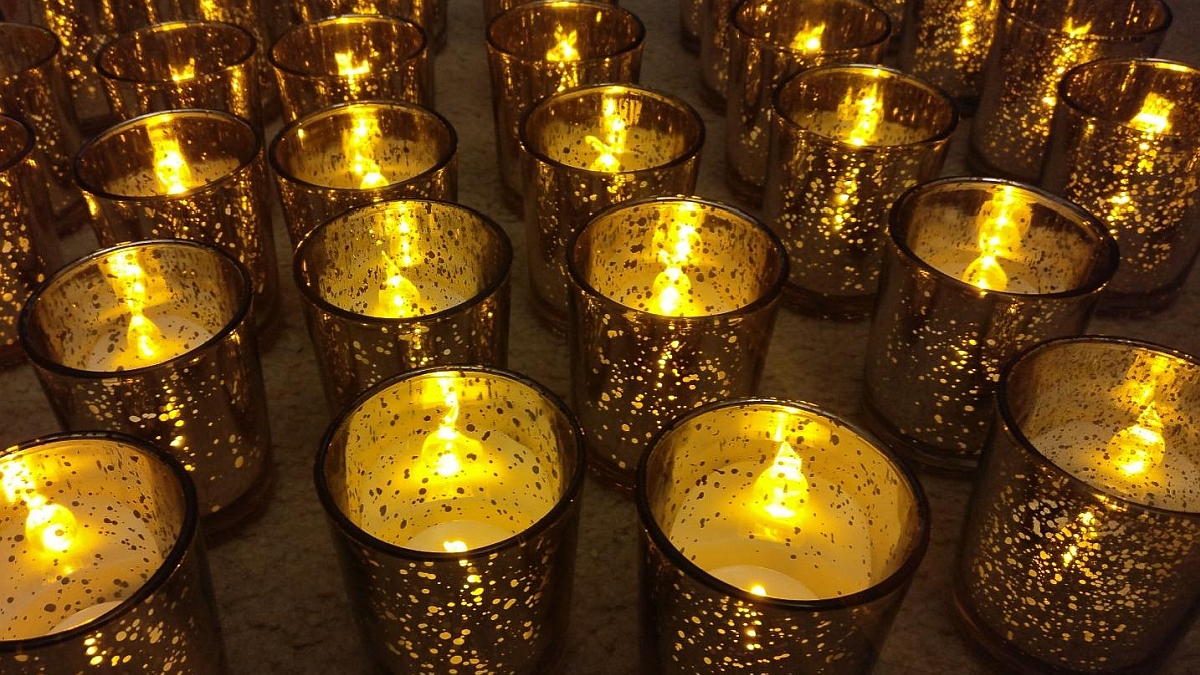That’s where electric candles come in handy. Perhaps less evocative than their predecessors, but they offer a host of undeniable advantages, especially in terms of longevity and effectiveness, but also because they don’t require excessive maintenance.
Votive candles
Moreover, since there’s no combustion, they’re less polluting, and the wax doesn’t risk damaging the tombstone. There are various types available, battery-operated votive candles, LED votive candles, electric candles, all with a longer lifespan than any votive candle, capable of providing uninterrupted illumination to those in need.

Increasingly, in cemeteries, electric votive candles are placed on every grave to serve as illumination. However, we shouldn’t think that cemetery electric candles or battery candles for the cemetery are any less valuable than traditional votive candles.
The intention remains the same, and with it, the significance we want to impart through their lighting. In the market, there are votive candles of all sizes, electric candles, and various types of LED candles.
Customs and traditions
We’ve already mentioned how the custom of lighting votive candles, candles, and traditional candles to accompany the death of a loved one has acquired, over time and in different countries, often peculiar aspects.

Germany
In Germany, for example, it’s believed that only when the votive candle lit in memory of the deceased is completely consumed, has the deceased reached their final resting place. For the same reason, the body remained in the house until this happened, to ensure it was safe until it found peace. There was also the custom of removing the candle from the hands of the deceased and having the youngest member of the household extinguish it. Still in Germany, votive candles were not only used to light the way for the deceased but also to ensure that mice didn’t come to eat their eyes!
Spain
In Spain, votive candles must be kept lit at the burial site for a whole year, so that the deceased has time to complete their journey. Taking care of them is a specific duty of the family members. In Aragon, upon someone’s death, they gather in a wicker basket a hand-embroidered napkin and as many candles as there have been deceased in the family in the last three generations.
France
In France, candles blessed during Candlemas are used as votive candles. They should never be extinguished with fingers, or there’s a risk of burning the wings of the deceased’s soul.
Romania
In Romania, candles are made of beeswax and are called “toiag,” meaning “staff,” symbolizing the staff that will aid the deceased in their journey, as support and as a weapon. When someone dies, their measurements are taken with a hemp or cotton thread, sprayed with pure wax. The waxed cord obtained is placed on the grave, where, for forty consecutive mornings, a woman goes and burns a piece. At the end of the forty-day cycle, whatever remains is burned. It’s believed that by doing so, the dead turn into light.


